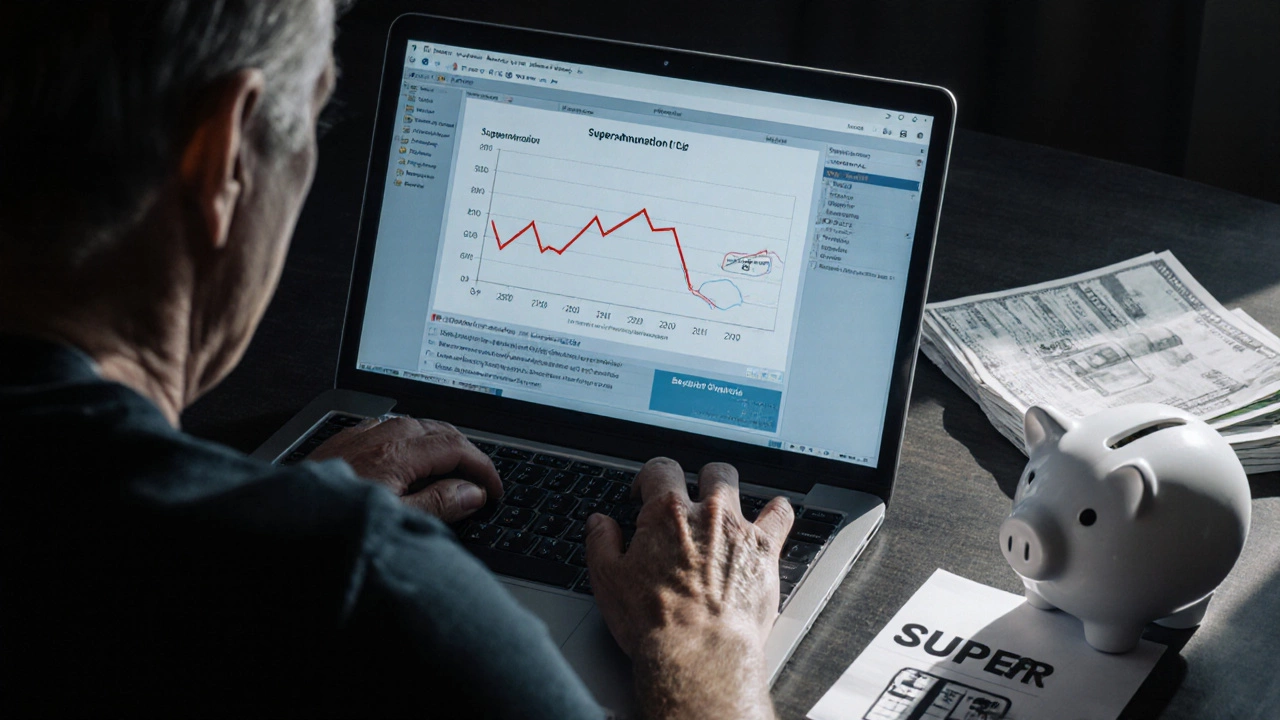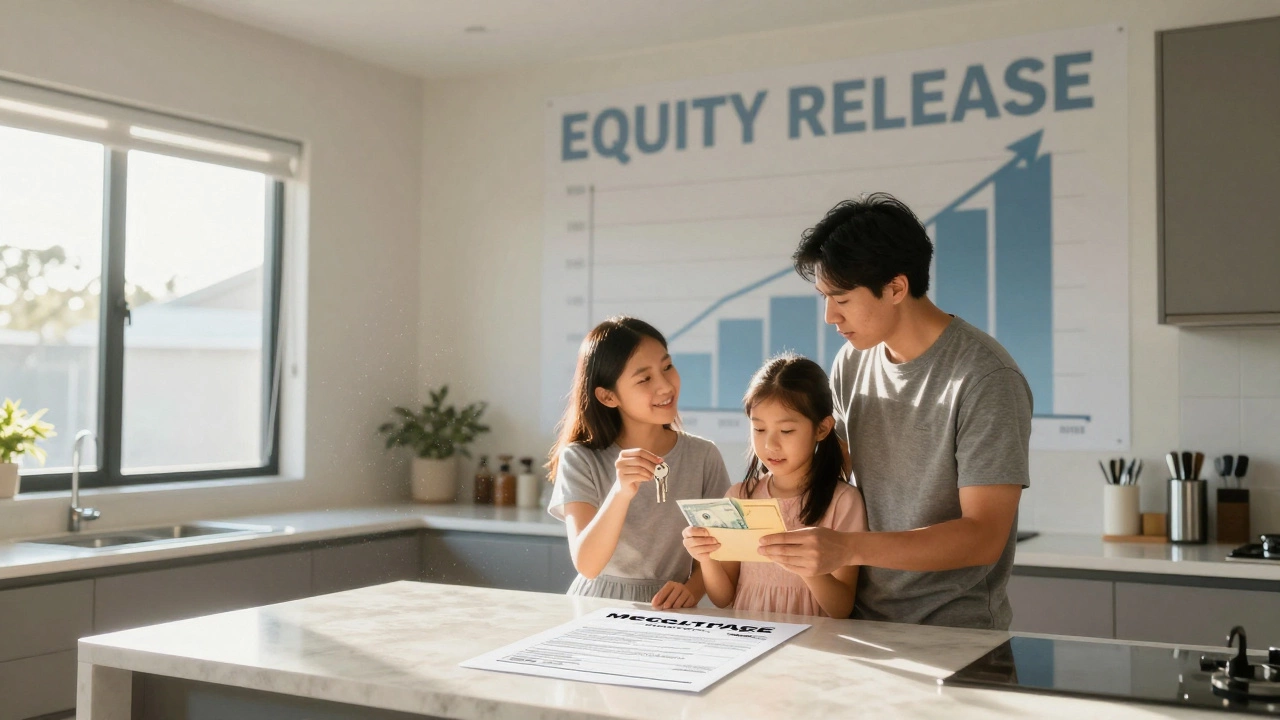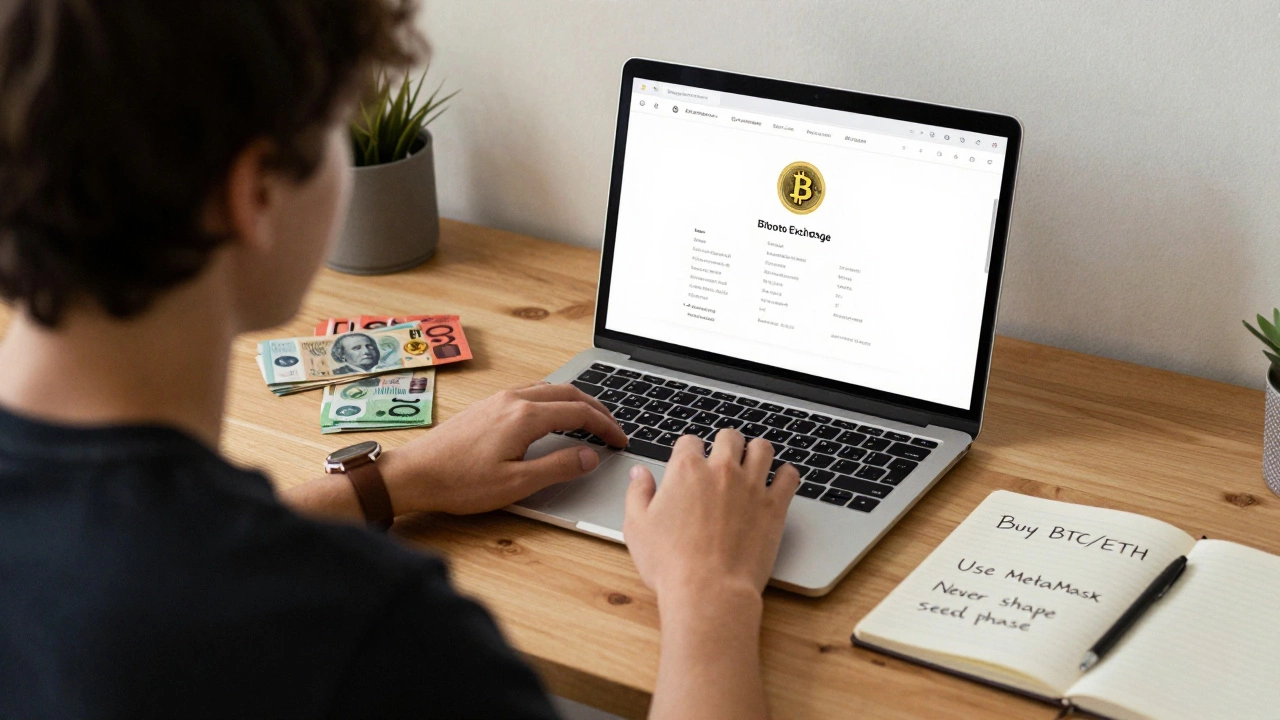Most people hear "pension plan" and think of a safe, steady income in retirement. But the truth is, pension plans come with real downsides that aren’t talked about enough. If you’re counting on your super or workplace pension to carry you through retirement, you need to know the full picture - not just the glossy brochures.
You can’t touch your money until you’re old
One of the biggest traps of a pension plan is how locked in your money is. In Australia, you can’t access your super until you hit your preservation age - which is between 55 and 60, depending on when you were born. Even then, you usually have to retire or meet a condition of release. That means if you lose your job at 52, get sick, or face a financial emergency, your pension savings are off-limits. You can’t pull money out to pay medical bills, fix your car, or help a family member. Other accounts like regular savings or investment accounts give you flexibility. Your pension doesn’t.Investment returns aren’t guaranteed
Many people assume their pension fund is like a bank account with fixed interest. It’s not. Most super funds invest in shares, property, and bonds - meaning your balance can go up and down with the market. In 2022, when global markets crashed, many Australians saw their super balances drop by 10% to 20% in just a few months. If you’re close to retirement and your fund takes a big hit, you don’t have time to wait for it to recover. Unlike defined benefit plans (which are rare now), most modern pensions are defined contribution plans - what you get depends entirely on how well your investments perform. There’s no safety net.Fees eat away at your balance
Pension funds charge fees. Not just one fee - multiple ones. There’s an administration fee, an investment management fee, insurance premiums, and sometimes exit fees. On average, Australians pay between 0.5% and 1.5% of their super balance each year in fees. That might sound small, but over 30 years, it can cost you tens of thousands. A $500,000 super balance with a 1.2% annual fee costs $6,000 a year. That’s money that could’ve been growing for you. Low-fee funds exist, but many people stay in default funds without checking. You don’t know what you’re paying until you look - and most don’t.Government rules can change at any time
Pension rules in Australia have changed more than a dozen times in the last 20 years. Concessional contribution caps dropped from $50,000 to $27,500. Non-concessional caps were slashed. The $1.7 million transfer balance cap was introduced. Tax rules on pensions shifted. The government can - and does - change the rules to balance the budget. You might plan to retire at 60 with $800,000 and draw $40,000 a year. Then, new rules limit how much you can withdraw tax-free or force you to buy an annuity. You don’t control the rules. The government does.
It’s not inflation-proof
A pension plan gives you a lump sum or regular payments. But if those payments don’t rise with inflation, your buying power shrinks. In 2025, $50,000 a year doesn’t stretch like it did in 2005. Groceries, medicine, and aged care costs have climbed faster than wages. Most super funds don’t automatically index your pension payments for inflation. If you retire at 65 and your pension stays at $45,000 a year, by the time you’re 85, it’s worth maybe $28,000 in today’s dollars. That’s a 38% drop in real income. Without careful planning, you could outlive your money - not because you spent too much, but because your income didn’t keep up.You’re stuck with one provider
Many people stay in their employer’s default super fund for years, even decades. Switching funds sounds easy - but it’s not. You might lose insurance cover you didn’t know you had. You could pay exit fees. You might miss out on employer contributions during the switch. And if you’ve got multiple accounts from past jobs, consolidating them can be a paperwork nightmare. Plus, not all funds are equal. One might have better returns, lower fees, or better insurance. But if you never check, you’re leaving money on the table - and you might not even realize it until retirement.It doesn’t cover everything
A pension plan is designed for retirement income. It doesn’t help with other life goals. Want to buy a home? Pay for your kid’s education? Start a business? Your super won’t help. Even if you’re allowed to access it early under hardship rules, the process is slow and strict. You’ll need proof of severe financial distress. Most people don’t qualify. That means your retirement savings are tied to one outcome - living longer. If you want flexibility, you need other accounts too. A pension plan alone is a one-track solution in a multi-track life.
Insurance through super isn’t always right for you
Most super funds include life, total and permanent disability (TPD), and income protection insurance. Sounds good, right? But the coverage is often generic. The amount might be too low. The definition of disability might be too strict. You could be paying hundreds a year for insurance you don’t need - or worse, you might be underinsured because the default policy doesn’t match your situation. A 35-year-old single parent with two kids needs more coverage than a 45-year-old with no dependents. But default insurance treats everyone the same. You have to opt out or upgrade manually - and most people never do.It creates a false sense of security
The biggest danger of a pension plan isn’t the fees or the rules - it’s the belief that it’s enough. Many Australians think they’re on track because they’re contributing 11% of their salary. But the government’s retirement income goal is 67% of your pre-retirement income. For someone earning $80,000 a year, that’s $53,600 annually. To get that from super alone, you’d need over $1.2 million saved by retirement. Most people don’t come close. The average super balance at retirement is around $300,000. That’s less than $20,000 a year - barely above the Age Pension. Relying only on your pension plan means you’re gambling on a future you can’t control.What you can do instead
You don’t have to give up on your pension plan. But you should treat it as just one piece of your retirement puzzle. Open a separate investment account. Build an emergency fund outside super. Review your super fund fees and insurance every year. Consider working a few extra years. Downsize your home. Use the equity. Talk to a fee-only financial adviser - not someone paid by commission. The goal isn’t to avoid pensions. It’s to stop pretending they’re a complete solution.Can I access my pension before retirement age?
Only under very limited conditions. In Australia, you can access super early if you’re experiencing severe financial hardship, have a terminal illness, or are permanently disabled. You must prove your situation meets strict criteria set by the ATO. For most people, early access isn’t an option - and even if it is, it’s slow and comes with tax penalties.
Is my pension protected if the fund goes broke?
Yes, your super is protected. Super funds are held in trust and must be kept separate from the fund’s operating company. Even if the fund manager goes under, your money stays safe. The Australian Taxation Office and APRA regulate super funds closely. Your balance isn’t at risk from corporate failure - only from poor investment choices or high fees.
How much should I have in my pension by age 50?
According to the Association of Superannuation Funds of Australia (ASFA), you should aim for around $300,000 by age 50 to stay on track for a comfortable retirement. That’s based on contributing 11% of your salary annually and earning average investment returns. If you’re below that, you may need to increase contributions, switch to a better-performing fund, or work longer.
Do I still need the Age Pension if I have a super account?
Yes, many people do. The average super balance at retirement is far below what’s needed for a comfortable lifestyle. The Age Pension acts as a safety net. Even if you have $500,000 in super, you might still qualify for a partial Age Pension depending on your income and assets. It’s not an either/or - it’s often both.
Can I lose money in my pension account?
Yes. If your super is invested in growth assets like shares or property, your balance can go down during market downturns. You don’t lose money unless you withdraw during a low point. But if you’re close to retirement and your fund drops 20%, you may not have time to recover. That’s why investment strategy matters as much as contribution amount.
Are pension plans better than saving in a regular bank account?
It depends. Pension plans offer tax advantages - contributions and earnings are taxed at just 15%, and withdrawals after 60 are tax-free. Bank accounts earn interest taxed at your marginal rate. But bank accounts let you access your money anytime. Pension plans lock it away. So if you need flexibility, a bank account is better. If you want tax savings and long-term growth, super wins - but only if you don’t need the money before retirement.






